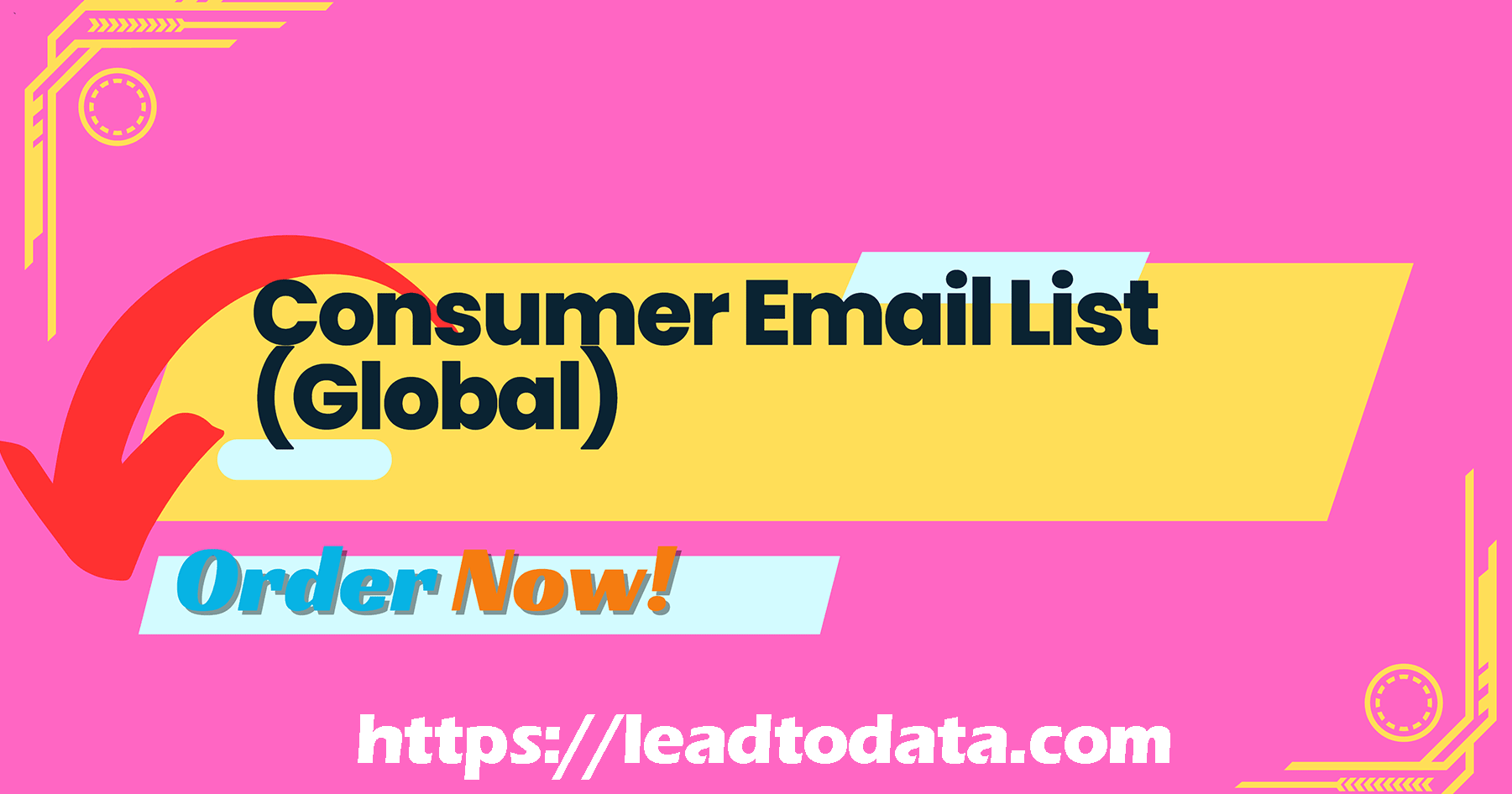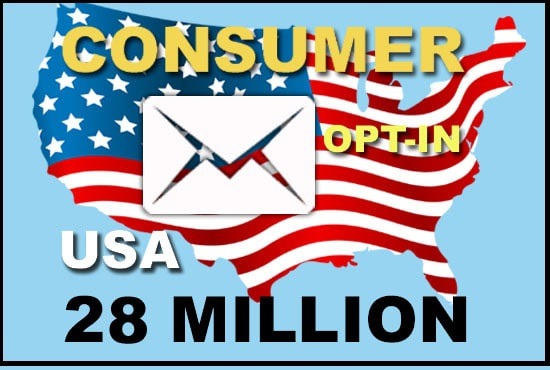
In today’s competitive market, having access to a business and consumer email list is crucial for driving targeted marketing campaigns. Whether you are reaching out to other businesses (B2B) or directly to consumers (B2C), an accurate and well-segmented email list can significantly improve your marketing results.
Table of Contents
ToggleWhat is a Business and Consumer Email List?
A business and consumer email list is a collection of verified email addresses from two distinct groups: businesses (B2B) and individual consumers (B2C). These lists allow businesses to target their email marketing campaigns effectively, either focusing on reaching decision-makers in companies or engaging directly with end customers.
- B2B Email List: A database of email addresses of businesses or corporate contacts, used for marketing services, products, or partnerships between companies.
- B2C Email List: A collection of individual consumer email addresses, enabling businesses to promote products or services directly to customers.
Why You Need a Business and Consumer Email List
Email marketing continues to be one of the most effective ways to reach and engage with your target audience. Having a business and consumer email list allows you to:
- Target the Right Audience: With a segmented email list, you can reach either businesses or consumers with tailored messaging, leading to higher engagement.
- Increase Conversion Rates: Personalized and relevant emails sent to the right audience increase the likelihood of conversions, whether that’s purchasing a product or signing up for a service.
- Cost-Effective Marketing: Email marketing offers a high return on investment (ROI) and is one of the most cost-effective methods to communicate with your audience at scale.
- Drive Engagement: An accurate and verified email list allows you to stay connected with your audience by delivering valuable content, promotions, and updates.
Benefits of Using a Business and Consumer Email List
- Personalized Campaigns: Whether you’re targeting businesses or consumers, an email list helps you deliver highly personalized content that speaks directly to your audience’s needs and preferences.
- Increased Sales Opportunities: With the right email list, you can drive more leads and sales by engaging with your audience at every stage of the buyer’s journey, from awareness to conversion.
- Higher Open and Click-Through Rates: Emails sent to a targeted list of subscribers are more likely to be opened and clicked, leading to better overall performance of your marketing campaigns.
- Effective B2B and B2C Strategies: Having separate lists for businesses and consumers enables you to create specific strategies for both B2B and B2C marketing, ensuring more relevant communication.
How to Build a High-Quality Business and Consumer Email List
- Collect Emails Through Opt-Ins: Ensure that you gather emails using opt-in forms on your website, landing pages, and social media platforms. Offering a lead magnet such as a free eBook, discount, or valuable resource can encourage users to subscribe.
- Use Lead Generation Tools: Tools like HubSpot, Mailchimp, or ConvertKit allow you to gather and manage email addresses efficiently. These platforms offer automation features to segment and nurture your lists.
- Segment Your Email List: Proper segmentation is key to success. Segment your email lists by factors such as demographics, purchase history, interests, and location. This allows for more personalized and relevant communication.
- Regularly Clean Your Email List: Remove inactive subscribers, outdated addresses, and unverified emails from your database to maintain list health. This reduces bounce rates and improves deliverability.
Best Practices for Email Marketing
- Create Engaging Subject Lines: Your subject line is the first thing subscribers see, so make it engaging and relevant to encourage higher open rates.
- Provide Value in Every Email: Whether you’re offering business insights, product discounts, or helpful tips, always provide value in your emails to keep your audience engaged.
- Optimize for Mobile Devices: Ensure your emails are mobile-friendly, as a large percentage of users check emails on their smartphones.
- A/B Test Your Campaigns: Continuously test different subject lines, content formats, and call-to-actions to find out what resonates most with your audience.


